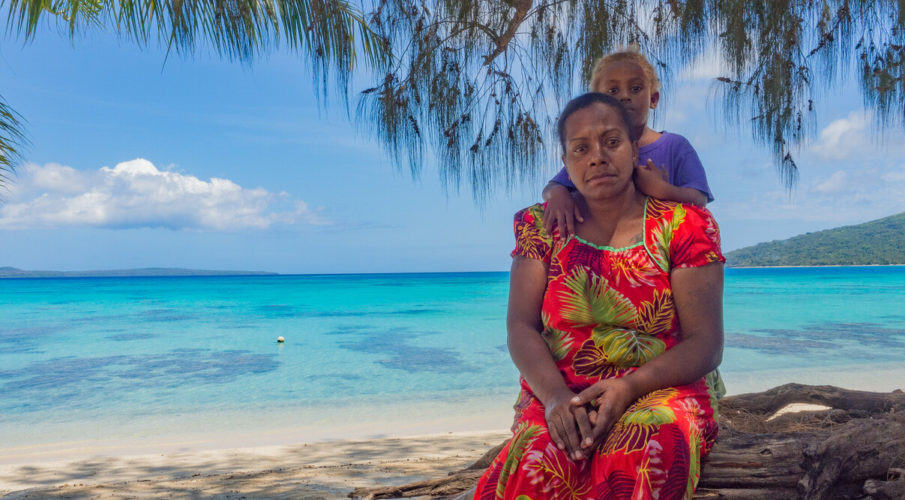Oxfam analysed the largest climate adaptation projects of the Asian Development Bank in the region and discovered that the actual adaptation finance could be off by 44 percent—$0.9 billion instead of the reported $1.7 billion.
The new report, ‘Unaccountable Adaptation: The Asian Development Bank’s overstated claims on climate adaptation finance’, assessed the bank’s climate finance portfolio from 2019 to 2023 and conducted a detailed assessment of 15 of the bank’s largest climate adaptation projects in Asia and the Pacific. These projects, located in Bangladesh, Cambodia, India, Indonesia, Pakistan, the Philippines, China and Papua New Guinea, account for 43 percent of ADB’s reported adaptation finance in 2021 and 2022
The Asian Development Bank (ABD) is Asia’s single largest multilateral provider of climate finance, accounting for 50 percent of the international climate finance in the region from 2013 – 2020. The bank has promised to deliver $100 billion in climate finance to low- and middle-income countries by 2030, of which $34 billion is earmarked for climate adaptation and resilience.
“The Asian Development Bank’s public disclosure of its adaptation climate finance is like a malfunctioning compass pointing to $1.7 billon. The huge exaggeration means the communities in those countries are receiving a fraction of the promised finance,” said Sunil Acharya, Oxfam in Asia’s Regional Policy and Campaigns Coordinator.
“Asia has been warming faster than the global average. The frequency of flash floods, avalanches in mountain regions has increased, and the plains are witnessing record-breaking high temperatures with dry conditions. In this alarming situation, the overstated climate finance claims feel like a cruel joke for those trying to uphold their dignity amid extreme climate challenges,” said Acharya.
The report reveals that between 2019 and 2023, the majority of climate adaptation funding by ADB—$9.8 billion (93 percent) out of $10.5 billion—was allocated as loans, with only $0.6 billion (6 percent) provided as grants.
Oxfam calculated the ‘grant equivalent’—the more accurate measure of the present value of the finance to recipients—of the 15 projects to be just $0.3 billion out of the reported $1.7 billion. Further accounting for increases in interest rates, the recipients of these projects are estimated to repay $8.5 billion at present rates, an alarming 24 percent increase from the initial $6.8 billion at initial interest rates.
“Loans provided at market rates should not be counted as climate adaptation finance. These loans are a climate debt trap for countries in Asia. They are forced to pay for climate damages that they did so little to cause,” said Acharya.
The analysis also raises serious concerns over the distribution of the bank’s climate adaptation finance for low-income countries confronting severe impacts of climate change. Of the total reported $10.5bn climate adaptation finance a mere 3 percent was allocated to Small Island Developing States and 25 per cent to the Least Developed Countries in the region.
“The upcoming 57th Annual Meeting of the ADB Board of Governors must take note of the identified discrepancies. ADB must ensure its adaptation finance not only meets quantitative targets but also delivers meaningful, equitable impacts across the region,” said Acharya.
Oxfam is calling on the ADB to improve its climate finance assessments, including evidence that support its calculations. The bank must embrace gender transformative approaches and ensure climate affected communities have a voice in deciding what works to them in building climate resilience. There is an urgent need for the bank and its shareholders to increase the amount of grant based and highly concessional finance to least developed and climate vulnerable countries.


Comments are closed.